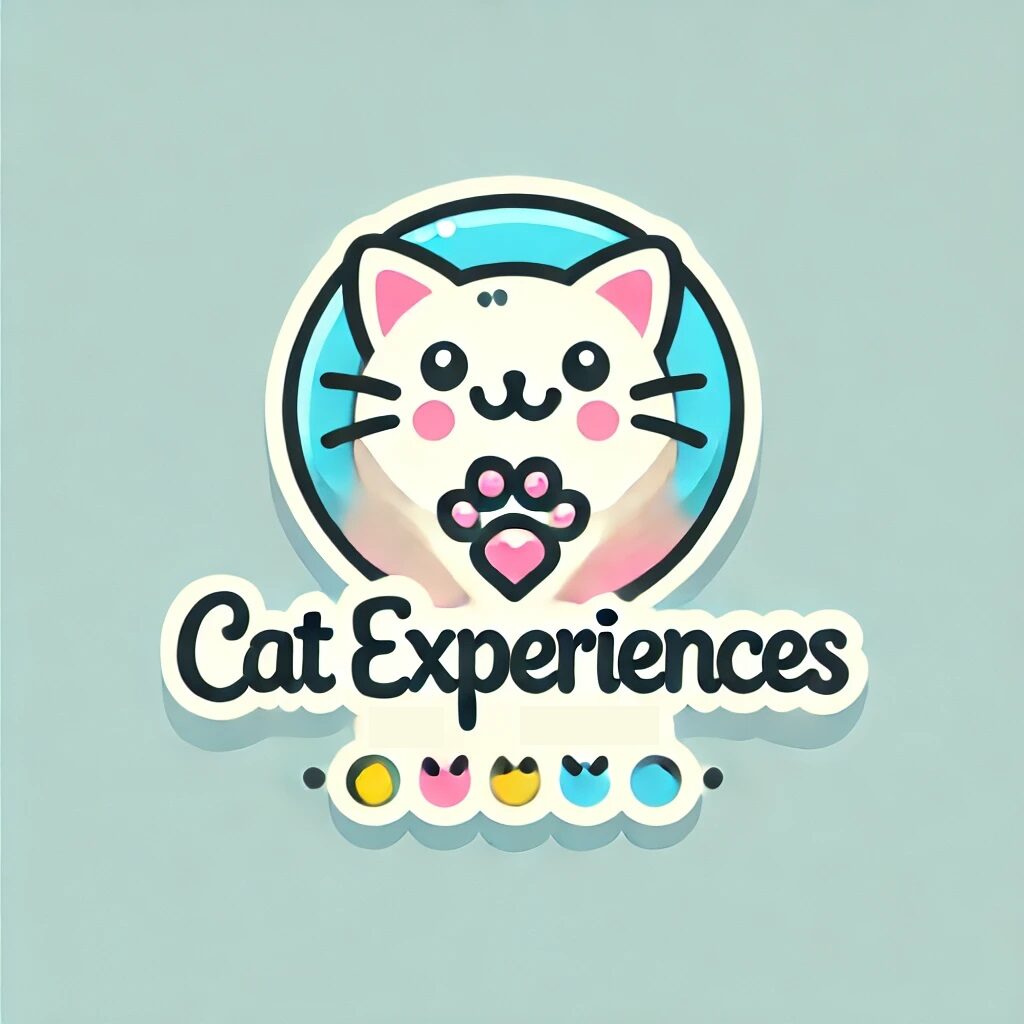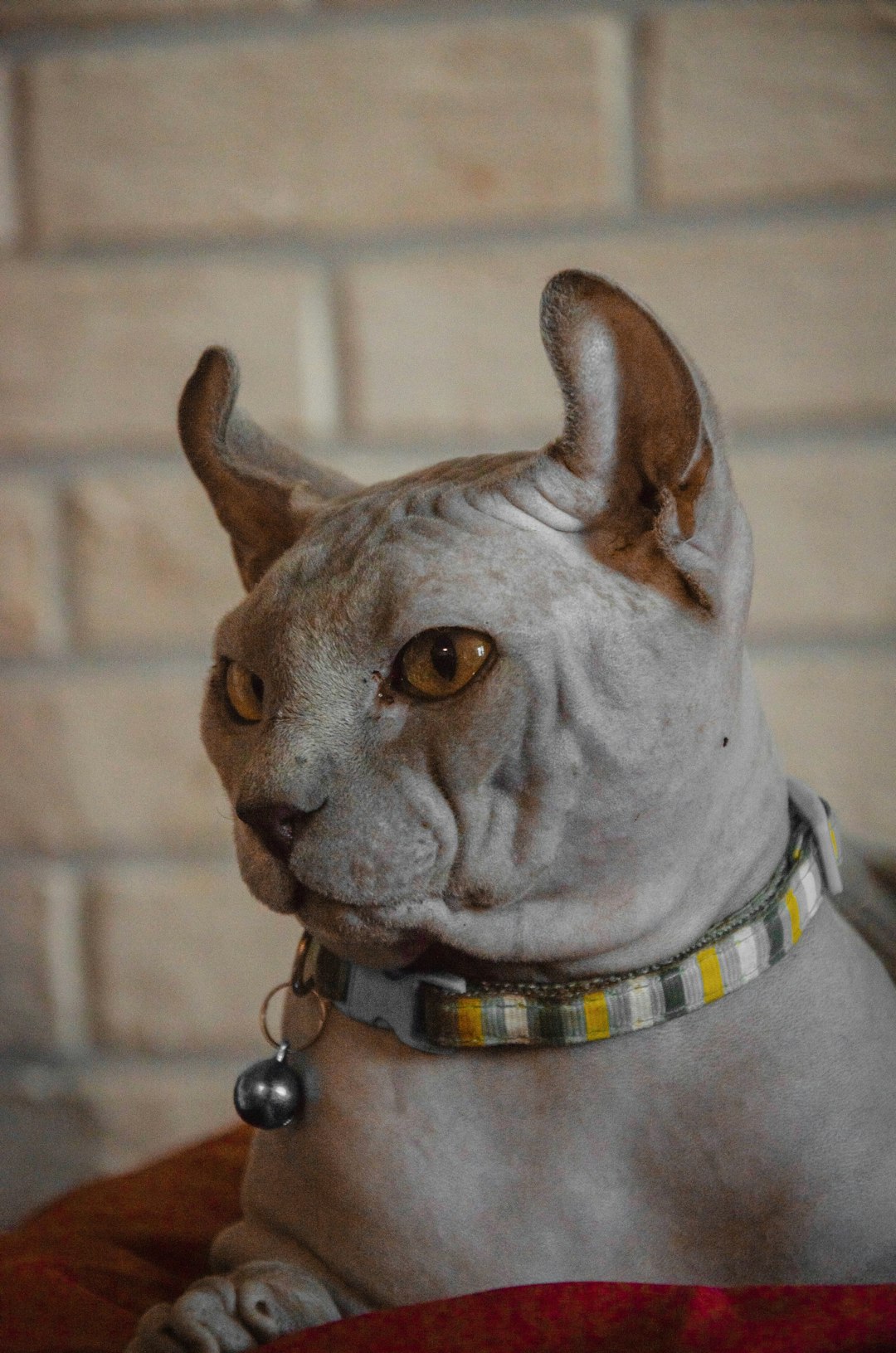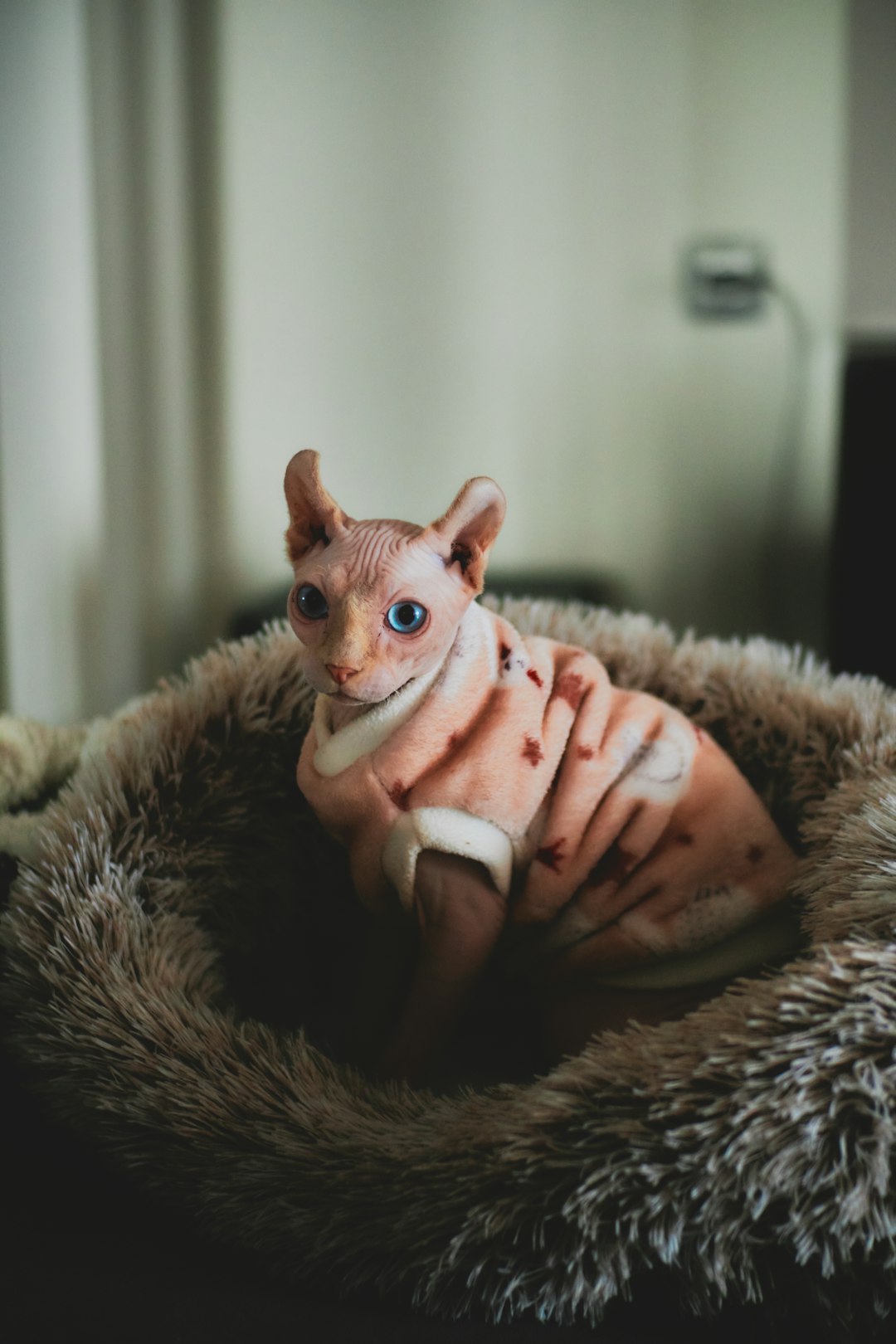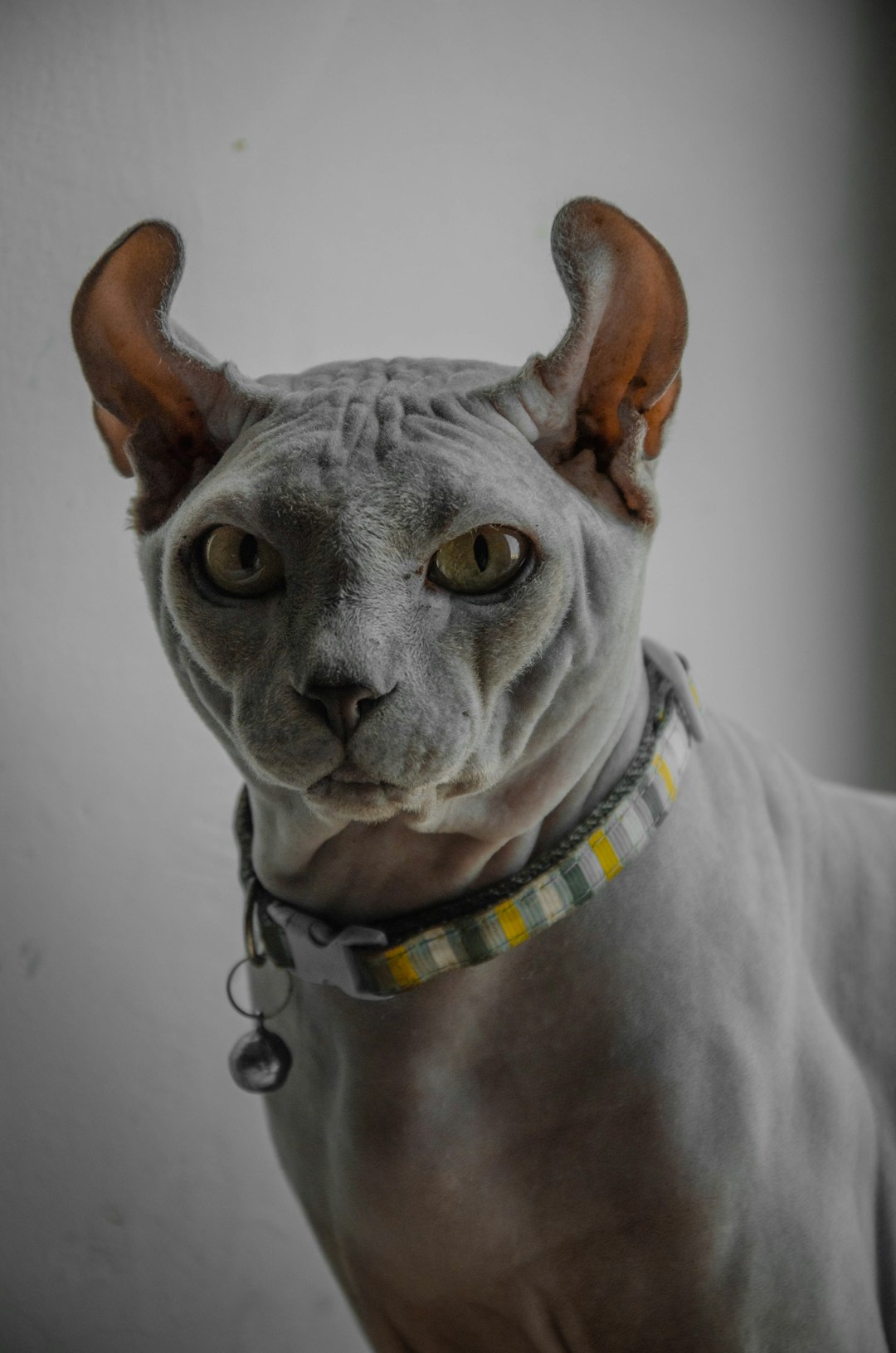Maintaining your cat’s ideal weight is crucial for their overall health and well-being. An accurate cat weight chart can help you monitor your feline’s weight and identify any potential issues early on. Factors such as breed, age, and activity level all play a significant role in determining your cat’s ideal weight. By understanding these elements, you can ensure your furry friend remains healthy, happy, and active throughout their life. Exploring common weight problems and how to measure your cat’s weight will further empower you as a responsible pet owner.
Understanding the Importance of Maintaining Your Cat’s Ideal Weight
Maintaining your cat’s ideal weight is crucial for their overall health and well-being. Here are key reasons why you should pay attention to your cat’s weight:
Prevent Health Issues: Obesity can lead to serious conditions, such as diabetes, arthritis, and heart disease. A proper cat weight chart helps track your cat’s weight and avoid these complications.
Enhanced Quality of Life: Cats that maintain a healthy weight are generally more active, playful, and happy. They enjoy a better quality of life, which is beneficial for both you and your feline friend.
Longevity: Healthy body weight often correlates with a longer lifespan for cats. Regularly referring to a cat weight chart can assist you in gauging your pet’s health status.
By understanding these factors, you can take proactive steps to maintain your cat’s ideal weight. Regular check-ups with your veterinarian and using a cat weight chart will ensure that your cat remains in tip-top shape for years to come.
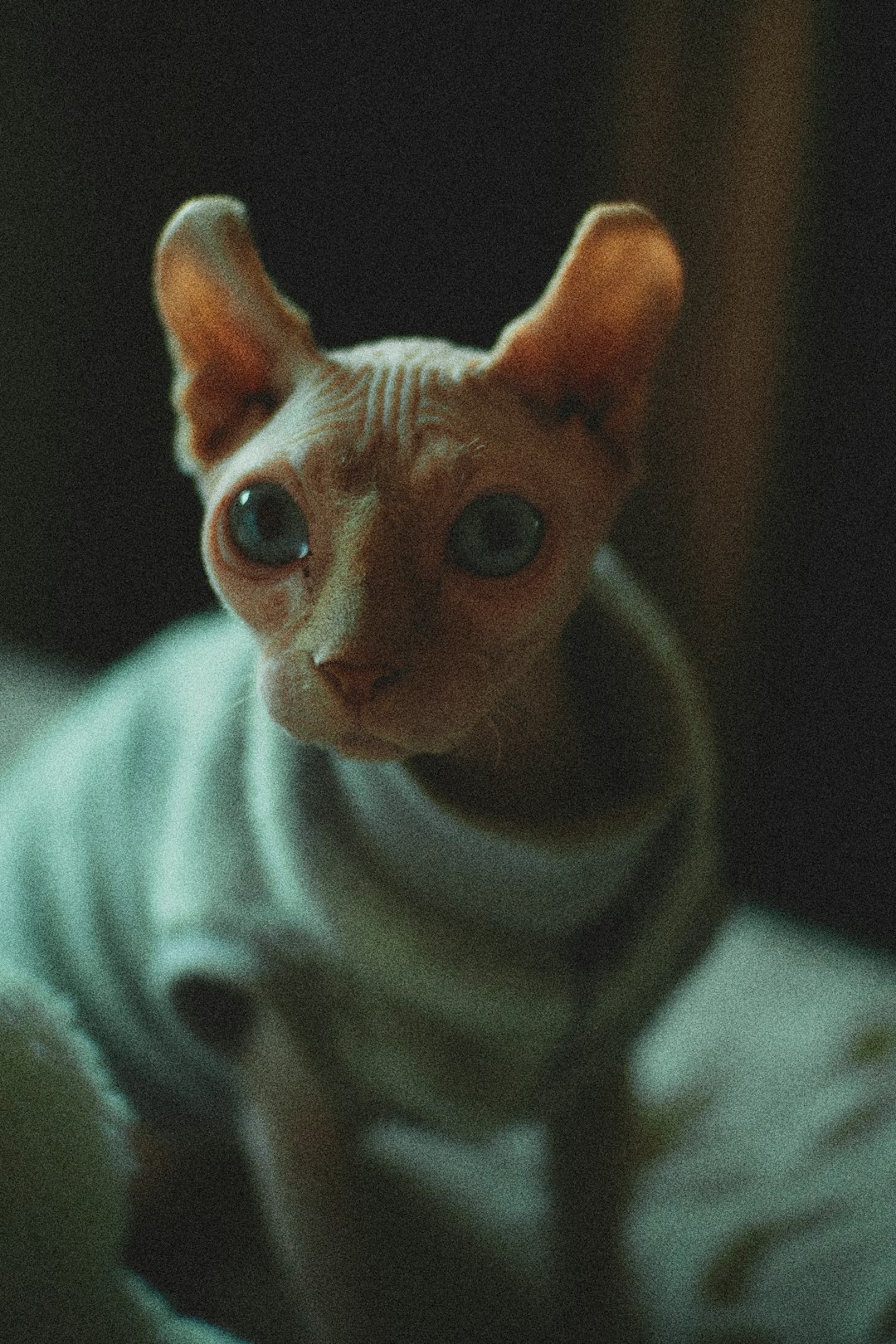
Factors Influencing Your Cat’s Weight
Understanding the factors that influence your cat’s weight is crucial for effective weight management. Several elements come into play, including:
- Genetics: Some breeds are naturally predisposed to being heavier or lighter. For example, Maine Coons tend to weigh more than Siamese.
- Age: Kittens and young cats usually require more calories for growth, while older cats may become less active, potentially leading to weight gain.
- Diet: The quality and quantity of food you provide significantly affect your cat’s weight. High-calorie treats can add unnecessary pounds.
- Activity Level: Indoor cats often have lower activity levels compared to outdoor cats, leading to weight issues.
- Health Conditions: Certain medical issues, such as hypothyroidism, can affect a cat’s ability to maintain a healthy weight.
To assess your cat’s weight accurately, refer to a cat weight chart, which provides ideal weight ranges based on breed and age. Understanding these factors can help you create a tailored plan to maintain your cat’s ideal weight effectively.
Common Weight Issues in Cats
Maintaining your cat’s ideal weight is crucial for their overall health. Here are some common weight-related issues that many cat owners encounter:
Obesity: This is one of the most frequent problems. A significant percentage of cats fall into the overweight category, which can lead to serious health issues like diabetes, arthritis, and heart disease. According to the cat weight chart, an overweight cat deviates significantly from the ideal weight for their breed.
Underweight: A less common but concerning issue is underweight cats. Factors like illness, stress, or poor diet can cause your cat to lose weight. An underweight cat might show signs of lethargy and lack of energy.
Age-related weight changes: Older cats can experience weight loss due to decreased metabolism or health problems. Conversely, they may also gain weight if their activity levels decrease.
Utilize a cat weight chart to help track your cat’s weight and ensure they remain within a healthy range. Regular vet check-ups also play a pivotal role in addressing these common weight issues effectively.
How to Measure Your Cat’s Weight Accurately
Measuring your cat’s weight accurately is essential for maintaining their health. Here’s how to do it effectively:
- Use a Digital Scale: A digital scale provides precise measurements. Ensure it’s designed for pets for the best accuracy.
- Zero the Scale: Before placing your cat on the scale, weigh an empty container (like a pet carrier) and then zero out the scale to get accurate results.
- Weigh Your Cat Regularly: Aim for weekly or bi-weekly measurements to track changes over time.
- Consistency is Key: Always weigh your cat at the same time of day and under similar conditions (e.g., before meals) for the best comparison.
Quick Weight Comparison Table
| Cat Size | Ideal Weight Range |
|---|---|
| Small | 5-10 lbs |
| Medium | 10-15 lbs |
| Large | 15-25 lbs |
To determine your cat’s ideal weight, refer to a cat weight chart specific to their breed and age. This helps you recognize if your cat is within a healthy range. Remember, maintaining your cat’s ideal weight not only promotes longevity but also improves their quality of life!
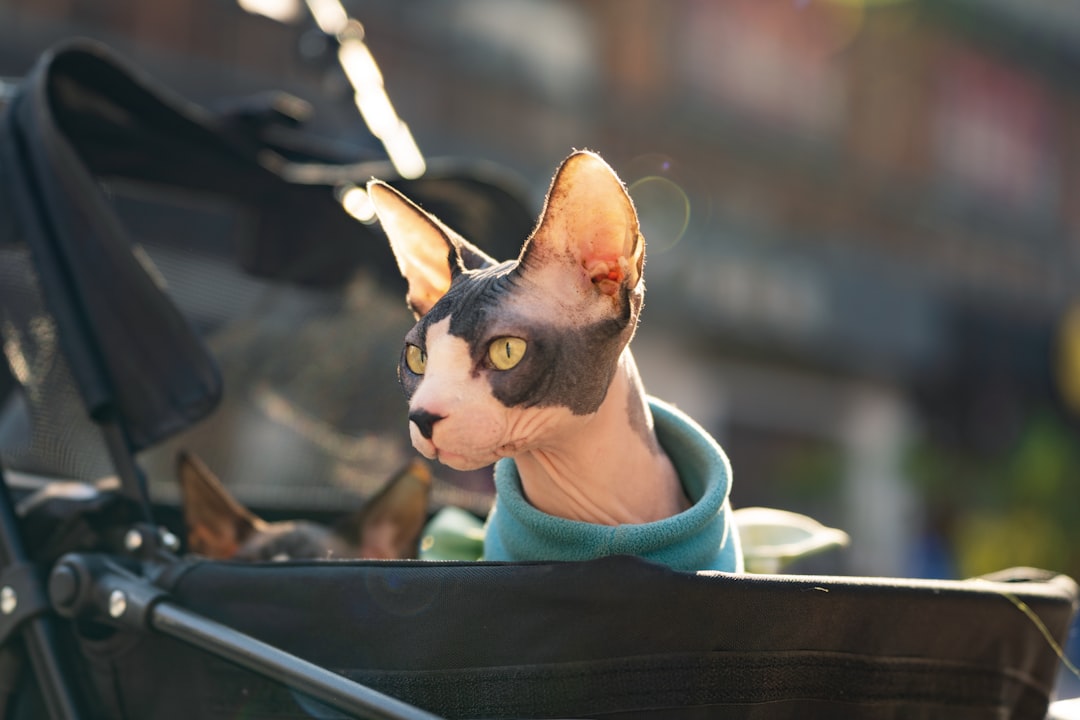
Understanding Cat Body Condition Score
The Body Condition Score (BCS) is a crucial tool for assessing your cat’s weight and overall health. By evaluating your cat’s body shape, you can determine if they fall within a healthy range. To grasp the significance of the cat weight chart, familiarize yourself with these key points:
Scale of 1 to 9: The BCS uses a scale where:
- 1: Extremely thin
- 5: Ideal weight
- 9: Obese
Physical Assessment: Check your cat’s ribs, waist, and abdominal tuck:
- Ribs should be felt but not visible.
- A noticeable waist is essential when viewed from above.
- The belly should have a slight upward tuck.
Weight Categories:
- Underweight (1-3): May result from illness or inadequate nutrition.
- Ideal (4-5): Indicates a healthy, fit cat.
- Overweight (6-7): Risk of obesity-related diseases.
- Obesity (8-9): Urgent need for weight management.
Utilizing a cat weight chart alongside the BCS allows you to track your cat’s ideal weight objectively and make informed decisions about their diet and lifestyle. Regular assessments ensure your furry friend stays healthy and happy.
Ideal Weight Ranges for Different Breeds
Understanding the ideal weight ranges for various cat breeds is essential for maintaining your cat’s health. Each breed has its unique characteristics that affect its ideal body weight. A useful cat weight chart can help guide you in determining the appropriate weight for your furry friend.
Here’s a quick comparison table of ideal weight ranges for some popular cat breeds:
| Breed | Ideal Weight Range (lbs) |
|---|---|
| Siamese | 8 – 15 |
| Maine Coon | 10 – 25 |
| Persian | 7 – 12 |
| Bengal | 8 – 15 |
| Ragdoll | 10 – 20 |
| British Shorthair | 9 – 15 |
When using a cat weight chart, consider the following factors:
- Age: Kittens and older cats may have different weight expectations.
- Gender: Males typically weigh more than females.
- Activity Level: Active cats may weigh less, while sedentary cats may weigh more.
Regularly referencing a cat weight chart will help ensure your cat stays within a healthy weight range, promoting a longer and happier life.
Tips for Helping Your Cat Reach and Maintain a Healthy Weight
Maintaining a healthy weight for your cat is essential for their overall well-being. Here are some effective tips to help your feline friend reach and maintain their ideal weight.
Follow a Cat Weight Chart: Regularly reference a cat weight chart to track your cat’s weight against the ideal range for their breed and age. This helps you stay informed and make adjustments as needed.
Balanced Diet: Choose high-quality cat food that meets their nutritional requirements. Be mindful of portion sizes based on your cat’s age and activity level.
Regular Exercise: Engage your cat in playtime with toys, laser pointers, or even short walks. Aim for at least 20-30 minutes of active play each day to burn calories.
Set a Routine: Create a feeding schedule to prevent overfeeding. Avoid free feeding, as it can lead to weight gain.
Monitor Treats: Limit the number of treats and opt for healthier options. Consider using treats as rewards during play to motivate them actively.
By consistently applying these practices, you can help ensure your cat’s weight stays within a healthy range, as outlined in the cat weight chart.
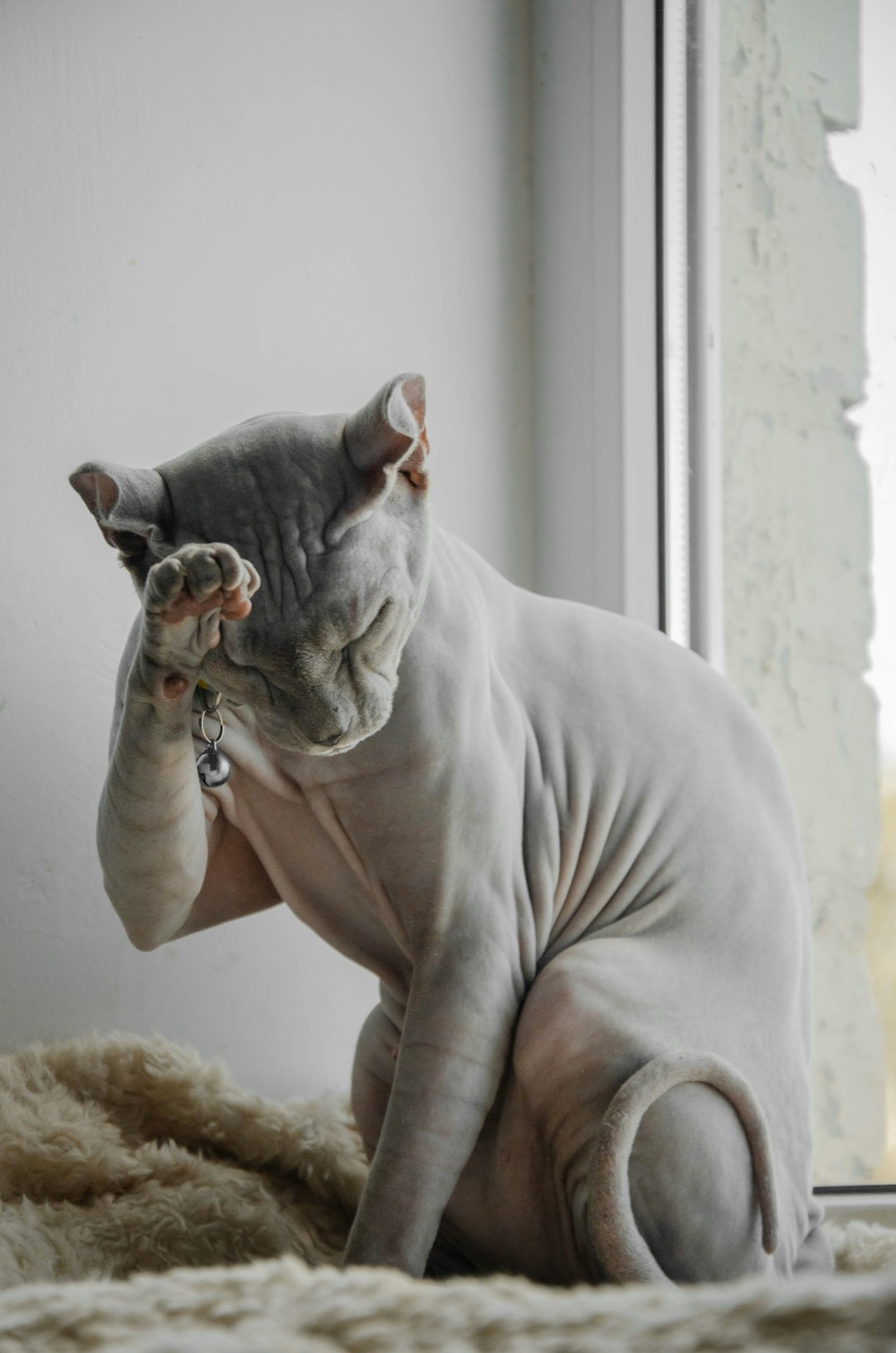
When to Consult Your Veterinarian about Your Cat’s Weight
Maintaining your cat’s ideal weight is crucial for their overall health. However, there are specific situations where it’s essential to consult your veterinarian regarding your cat’s weight:
Sudden Weight Changes: If you notice significant weight loss or gain in a short period, schedule a vet appointment. This could indicate underlying health issues.
Obesity Concerns: If your cat consistently exceeds the healthy weight range outlined in the cat weight chart, seek professional guidance to create a tailored weight loss plan.
Lethargy or Behavioral Changes: If your cat becomes less active or shows changes in behavior, it may relate to their weight. A vet can help address these concerns effectively.
Age-Related Weight Changes: Senior cats often face different health challenges. Consult your veterinarian for advice on managing your older cat’s weight.
Always remember, regular check-ups can prevent significant health problems. Keep the cat weight chart handy and monitor your cat’s weight. Your veterinarian can provide the best advice to ensure your feline companion stays healthy and happy.
Frequently Asked Questions
How can I determine my cat’s ideal weight?
Determining your cat’s ideal weight involves considering several factors, such as the breed, age, and activity level of your cat. A general guideline is that most domestic cats should weigh between 9 to 11 pounds. However, you should consult your veterinarian for a personalized assessment, as they can provide a more accurate ideal weight based on your cat’s specific needs. Regular check-ups will help you monitor your cat’s weight and overall health.
What are the risks of my cat being overweight?
Obesity in cats can lead to a variety of health issues, including diabetes, joint problems, heart disease, and decreased longevity. It may also affect their mobility and overall quality of life. Overweight cats are at a higher risk for developing serious conditions such as fatty liver disease and arthritis. To avoid these health risks, it’s vital to maintain a balanced diet and ensure your cat gets adequate exercise through play and stimulation.
How much should I feed my cat daily?
The amount you should feed your cat daily can vary widely depending on its age, weight, and activity level. Typically, guidelines on cat food packaging recommend a specific amount based on your cat’s weight, but it may require adjustment based on your individual cat’s needs. It’s advisable to distribute the daily food into several smaller meals throughout the day to aid digestion and maintain energy levels, while monitoring their weight to ensure they are not becoming overweight.
What signs should I look for to know if my cat is overweight?
To assess if your cat is overweight, you can look for several physical signs. These include an inability to feel their ribs without pressing firmly, a noticeable lack of a waist when viewed from above, and fat deposits on the abdomen or at the base of the tail. Additionally, observe your cat’s energy levels and activity; a sedentary lifestyle can also indicate excess weight. Regular vet check-ups are essential, as your veterinarian can help you monitor your cat’s weight accurately.
